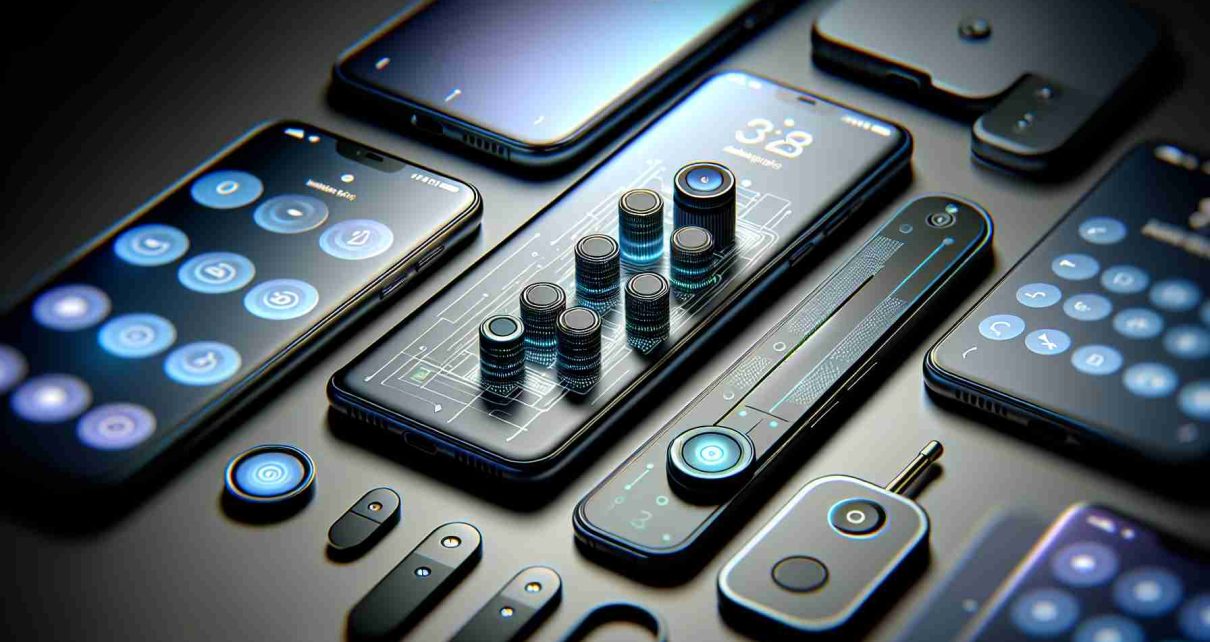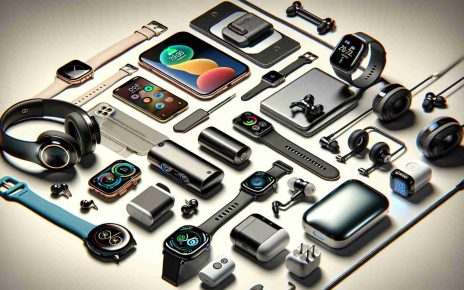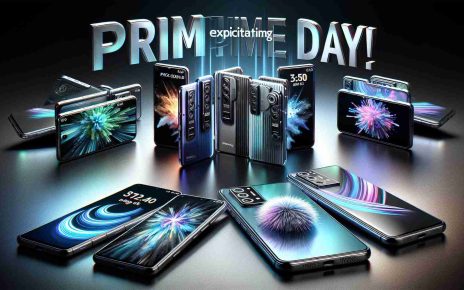In a surprising turn of events, smartphones are embracing the revival of physical buttons, signaling a departure from the minimalist designs we’ve grown accustomed to. The latest iPhone 16 lineup introduced by Apple features an innovative addition – the Camera Control button.
Unlike the trend of buttonless phones that Apple spearheaded, the iPhone 16 boasts an extra physical button dedicated to camera functions. This shift marks a significant change in smartphone aesthetics and user experience.
While some may view this resurgence of physical buttons as a step backward, others see it as an opportunity for enhanced functionality. The Camera Control button not only streamlines the photography process but also opens the door for more intricate features and integrations, such as Apple’s Visual Intelligence.
Apple’s decision to reintroduce physical buttons reflects a strategic evolution in smartphone technology, acknowledging that certain tasks may be better served with tactile controls. The move aligns with a broader industry trend of leveraging hardware enhancements to complement advanced AI capabilities.
As the tech landscape continues to evolve, the resurgence of physical buttons on smartphones represents a convergence of traditional usability with cutting-edge innovation. This shift underscores the dynamic nature of consumer technology and the constant quest for optimal user experiences.
Expanding Horizons: The Next Wave of Physical Buttons on Smartphones
In the realm of smartphone design, the resurgence of physical buttons has sparked conversations around the future of user interaction and device functionality. While the iPhone 16’s Camera Control button has taken center stage, there are other intriguing developments that merit attention in the world of physical buttons on smartphones.
What are the main drivers behind reintroducing physical buttons on smartphones?
One key factor driving the return of physical buttons is the quest for improved user experience. While touchscreens have dominated smartphone interfaces for years, physical buttons offer tactile feedback and a more intuitive way to interact with certain functions like camera controls or voice assistants. Additionally, physical buttons can enhance accessibility for users with dexterity issues or those who prefer a more tactile experience.
What are the potential challenges associated with the rise of physical buttons on smartphones?
One of the primary challenges is finding a balance between adding physical buttons for enhanced functionality and maintaining the sleek, minimalist aesthetic that many users have come to expect. Designers must carefully consider placement, usability, and the overall impact on the user experience to ensure that the addition of physical buttons is a net positive rather than a hindrance.
Advantages of physical buttons on smartphones:
– Improved tactile feedback and ease of use for certain functions
– Enhanced accessibility and usability for a wider range of users
– Opportunity for innovative integrations and features that leverage physical controls
Disadvantages of physical buttons on smartphones:
– Potential increase in complexity and learning curve for users accustomed to touchscreens
– Risk of detracting from the sleek, minimalist design of modern smartphones
– Concerns around durability and potential wear and tear of physical buttons over time
Exploring the Future of Smartphone Interactions
The reintroduction of physical buttons on smartphones represents a fascinating evolution in design philosophy and user interaction. By blending modern touch interfaces with the tactility of physical controls, manufacturers are seeking to create more versatile and user-friendly devices that cater to a diverse audience.
As the landscape of smartphone technology continues to evolve, it will be interesting to see how designers navigate the challenges and opportunities presented by the resurgence of physical buttons. By striking a balance between innovation and usability, the next wave of smartphones may truly revolutionize the way we interact with our devices.
For more insights on the intersection of technology and design, visit techdesigns.com.



